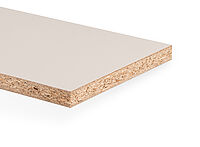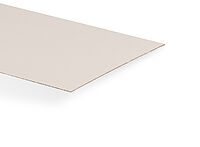Care 2.0 that can be seen
An Experts project by Pro Urban AG
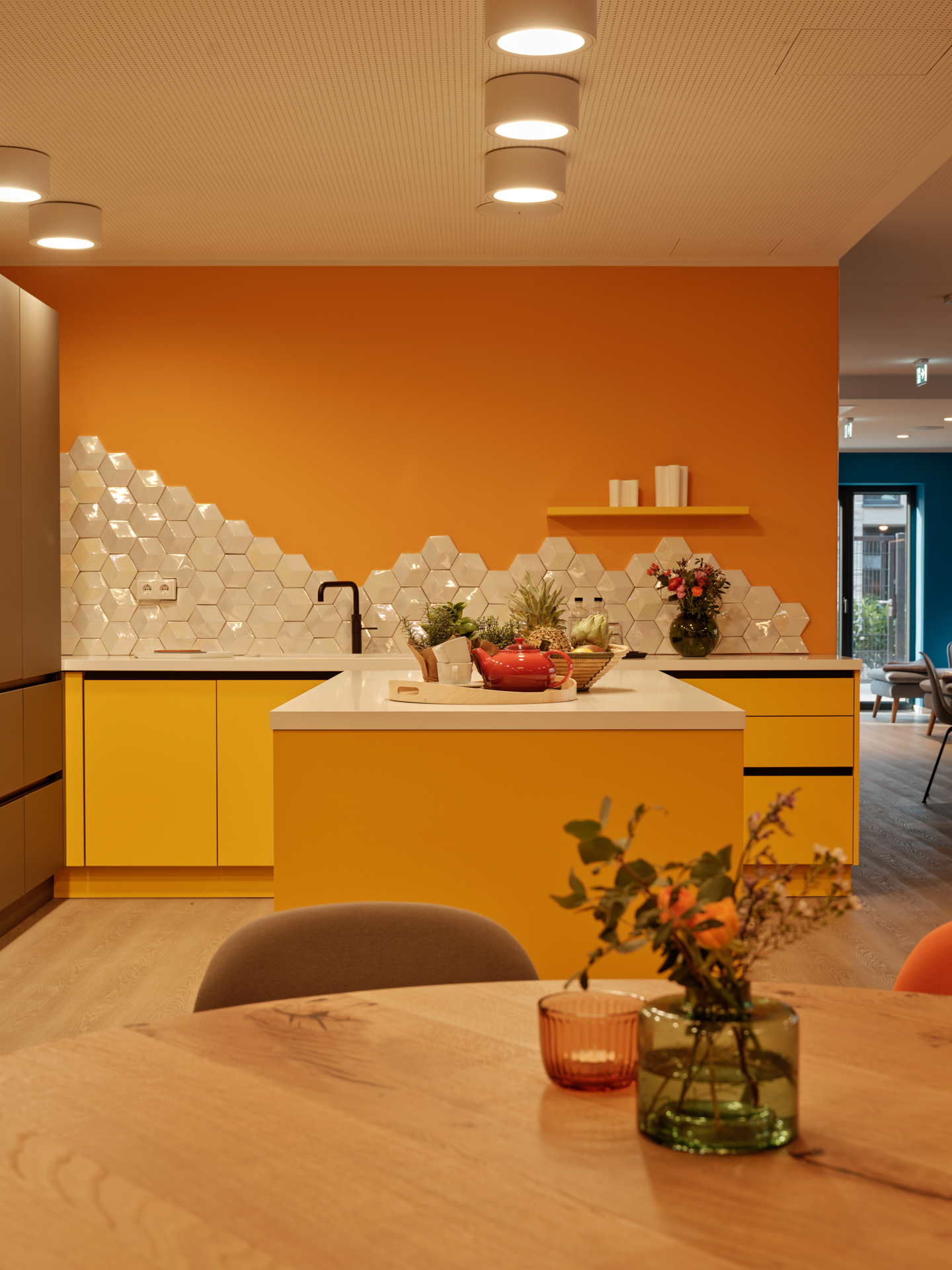
The Pfleiderer collection with its wide selection of unit tones in fine gradations of the individual collection series enables us to always select exactly the tones that complete our room concept.
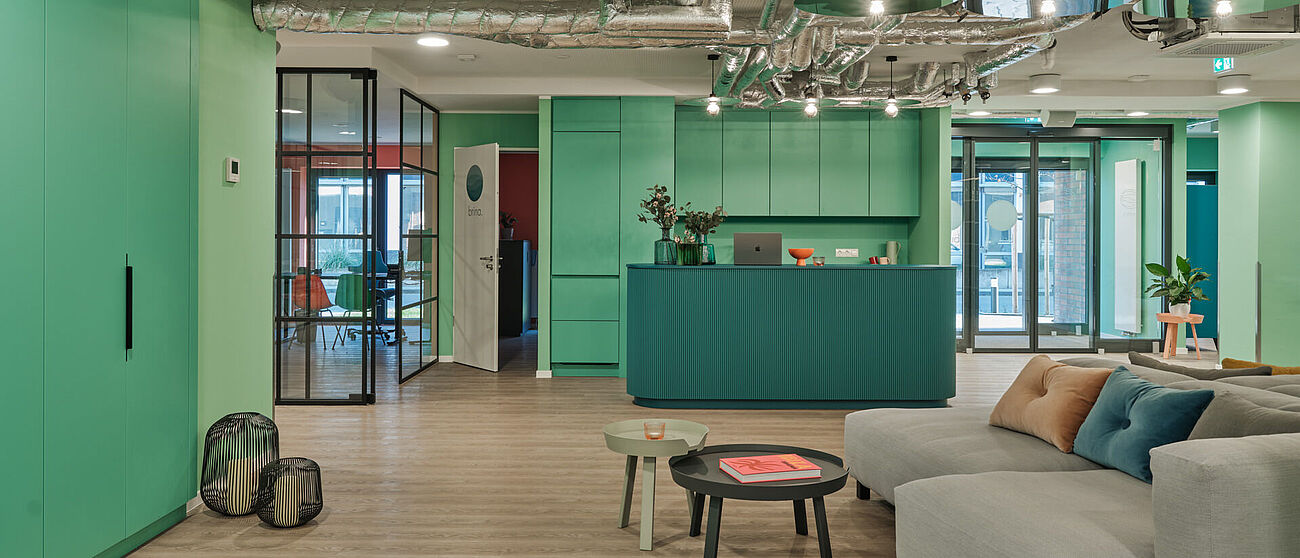
We want our residents to feel 100% comfortable - after all, it's their home!
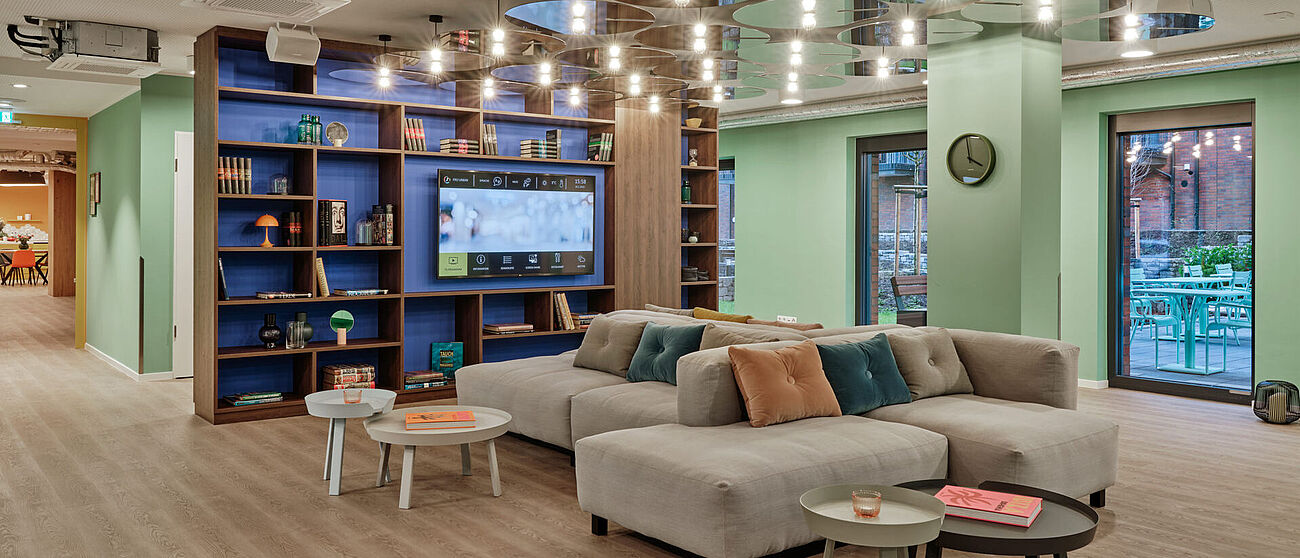
The Pfleiderer collection with its wide selection of unit tones in fine gradations of the individual collection series enables us to always select exactly the tones that complete our room concept.
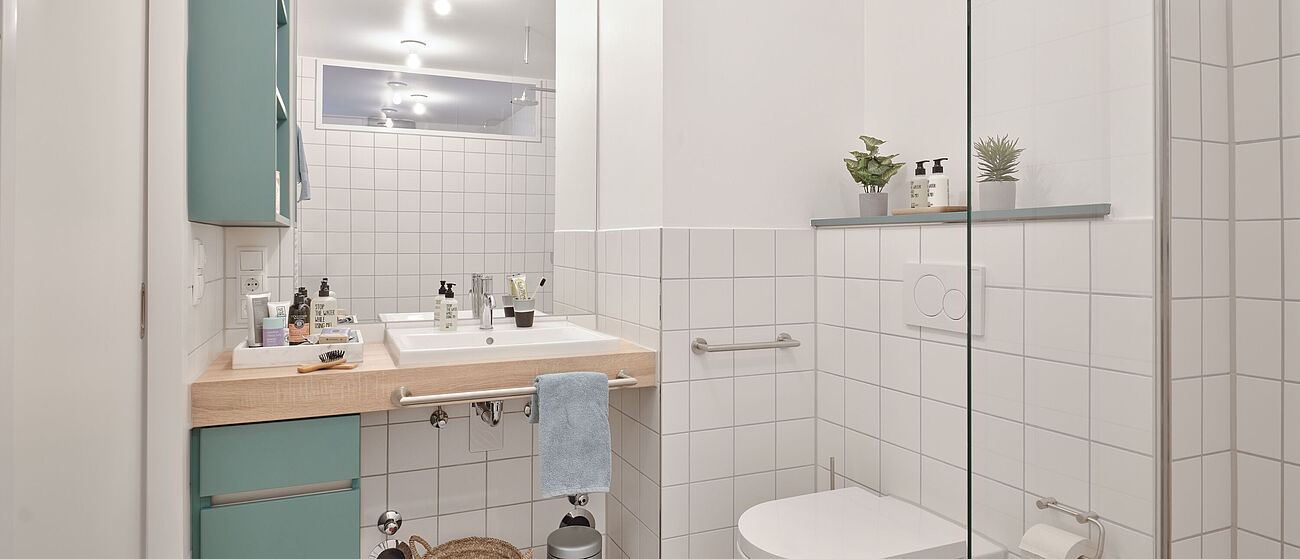
We want our residents to feel 100% comfortable - after all, it's their home!
Pfleiderer in conversation with Marisa Möller and Sandra Caliebe
Ms. Möller, to say that Pro Urban AG builds care homes does not do justice to your claim, does it? Can you briefly outline what sets you apart from other project developers?
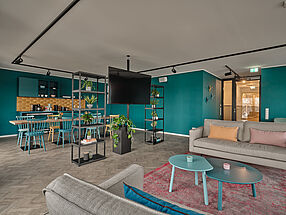
Marisa Möller: With pleasure! As Pro Urban AG, we can look back on over 50 years of experience in the construction of residential care facilities. Today, our concepts bridge the gap between outpatient and inpatient care. Our homes meet all the structural requirements for inpatient care, our customers rent or buy their apartments from us - and can book care individually as required, as an in-house outpatient solution, so to speak. We call this Care 2.0.
Pfleiderer: But that doesn't explain why your house looks so different, does it?
Marisa Möller: Our concept also differs in principle from that of other homes in this respect: while elsewhere the focus is on care, we want our guests to live as independently as possible into old age - and to be able to make use of as much support as they wish. However, this also means that our customers choose an apartment because they like it - not just because it is practical. This is why we attach great importance to stylish furnishings and an attractive overall package: in addition to the apartments and the day care facility, our building on Hansaallee has spacious semi-public areas that are available to residents for their activities. This includes common rooms on all floors, a large roof terrace, an inner courtyard and a communal kitchen, as well as a reception that is manned around the clock. There is also a restaurant in the building that is open to the public and offers lunch options to encourage interaction with the urban environment.
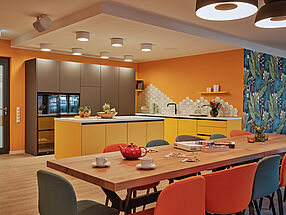
Pfleiderer: Ms. Caliebe, as interior designer you are responsible for the property on Hansaallee. What are the special features for you?
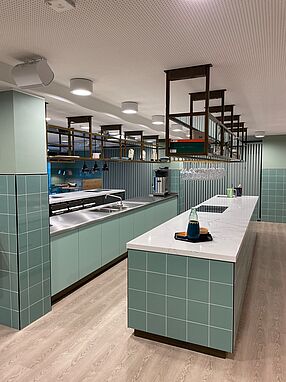
Sandra Caliebe: On the one hand, certainly in the layout and furnishings of the apartments. Here it is important for us to strike a balance between a small area and a high degree of variability in use. After all, some of our guests come from much larger living situations and naturally need adequate storage space. They should feel 100% comfortable and be able to develop freely - after all, the apartments are their home. To this end, we have adapted a built-in wardrobe from a hotel project, for example, which is a real space miracle with its sliding doors. We also took a very close look at the requirements of our residents when fitting out the bathroom and kitchenette. The result is well thought-out fixtures and fittings that look good, function perfectly and enable an individual living experience. On the other hand, we attach great importance to ensuring that the public areas and facilities are of the highest standard, both functionally and aesthetically. We want to make interpersonal interaction and the use of communal facilities as attractive as possible for residents. After all, this makes a decisive contribution to quality of life.
Pfleiderer: The interior design throughout the house is colorful. Is that part of your conceptual approach?
Sandra Caliebe: Sandra Caliebe: Definitely! We also want to stand out visually from the usual dull monotony of a retirement home. In the apartments themselves, however, we have kept things a little more neutral overall, partly because many of our guests naturally bring their own individual pieces of furniture that they have grown fond of over the years - and therefore a wide variety of styles - with them when they move in. To make optimum use of the floor plans of the apartments, we equip them with built-in furniture such as wall cupboards and a well-designed kitchenette. In the bathrooms, things are more accentuated: here we rely on stronger, green-grey colors, which we combine with light wood decors and white in the patterns of the floors and built-in cabinets and shelves.
Our color language is even clearer in the public areas: Here, in addition to the ambience, we are also concerned with providing orientation. This is why the individual areas are clearly color-coded - and make it easier for our residents to find their way around. Our aim is to implement harmonious color concepts in the individual areas that make people want to linger. The Pfleiderer collection with its realistic wood decors and wide selection of unit shades is an ideal starting point for this. With the fine gradation of the individual collection series, we can always select the exact tones that complete our room concept and perfectly match other materials such as flooring, wall tiles, seating and small items of furniture as well as stationary furniture and room partitioning systems.

It is very practical for us that Pfleiderer also offers a wide range of products in addition to the variety of decors: The vast majority of decors are available as HPL, as composite elements, direct coating and compact materials. This enables us to meet not only the aesthetic, but also the functional, durability and hygienic requirements. Even if it is not a care facility per se, we naturally meet all the usual structural requirements for care facilities at Hansaallee, from barrier-free accessibility and non-slip floor coverings to the width of walkways and doors.
Pfleiderer: The care processes are demanding and intensive. How do you manage to create a relaxed and personal atmosphere for the residents in your home?
Marisa Möller: At Pro Urban, we have been working on projects in the areas of assisted living, senior living and micro-apartments for 50 years. Based on this experience, we take the interplay of individual functional areas into account as early as the floor plan planning stage. In the case of Hansaallee, we have a U-shaped structure that encloses an inner courtyard. This allows us to intelligently arrange the zones in the individual sections of the building.
The "Anouki" restaurant and the integrated physiotherapy practice have entrances directly from the street and out of the building, so that they are easily accessible for the residents but can be operated independently. The entire first floor area functions in a similar way: the functions that are frequented more regularly and from outside are located close to the central entrance and reception, e.g. lounge areas with a lobby character where residents can receive visitors and linger. The communal kitchen and day care with gymnastics and therapy rooms are located behind this to ensure more privacy. Among other things, we use room dividers and open shelving systems to create generous perspectives. However, if residents want to withdraw completely, they will also find other recreational areas that are divided into smaller sections and explicitly function as quiet zones.
Interestingly, we notice that our home lives up to its claim not only in the feedback from residents. Our employees also appreciate the atmosphere - and it obviously even has the positive side effect that word has spread on the job market. This is because we can usually fill vacancies at Hansaallee immediately, which is a small sensation in the care sector!
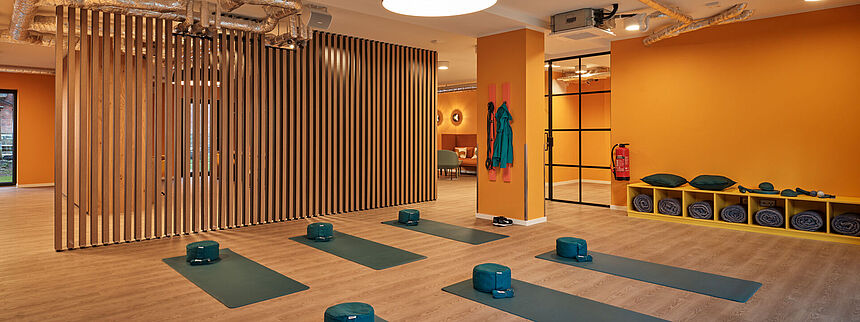
Pfleiderer: Ms. Möller, Ms. Caliebe, thank you for the interview!
PROFILE MARISA MÖLLER / SANDRA CALIEBE

„We understand real estate through the eyes of those who use it.“
Marisa Möller
Management Board
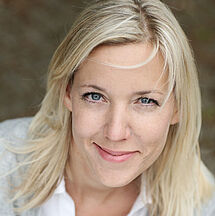
„We understand real estate through the eyes of those who use it.“
Sandra Caliebe
Interior Design
The facts about the project
| Project: | Haus Brina, Düsseldorf |
| Product: | DecoBoard P2 Duropal HPL |
| Application area: | Interior fittings, furniture carcass, front and horizontal surfaces |
| Building owner: | Pro Urban AG, Meppen |
| Execution: | Imbusch Einrichtungen GmbH, Löningen |
| Completion: | 2022 |
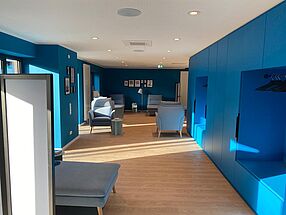
Products used
INDIVIDUAL ADVICE
Contact
Please get in touch with us directly! We look forward to hearing from you.
Product inquiries and sales.
+49 (0) 9181 28-480

